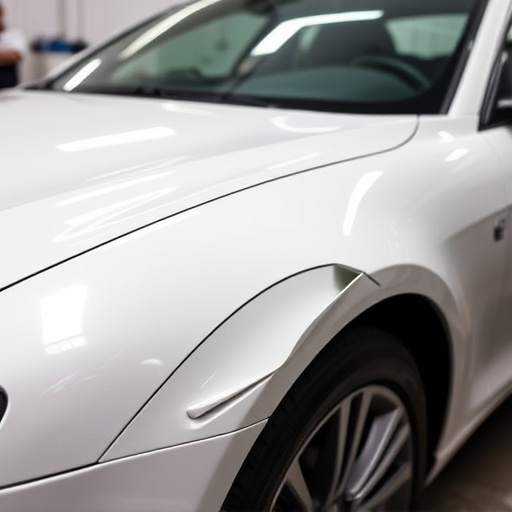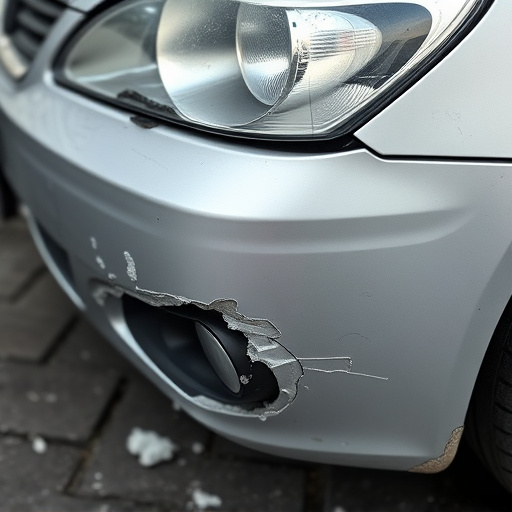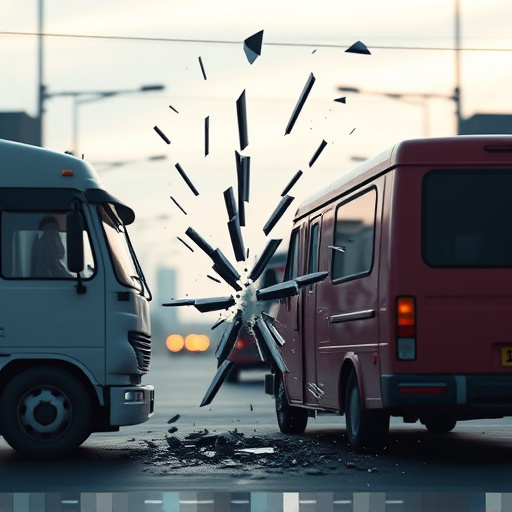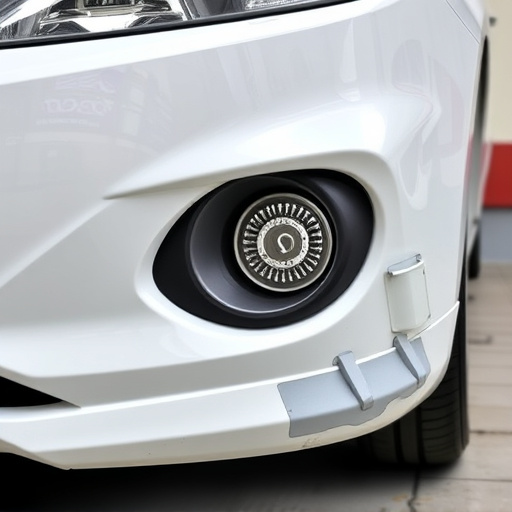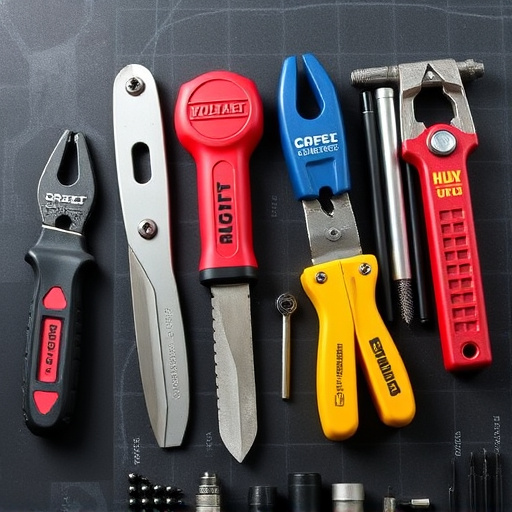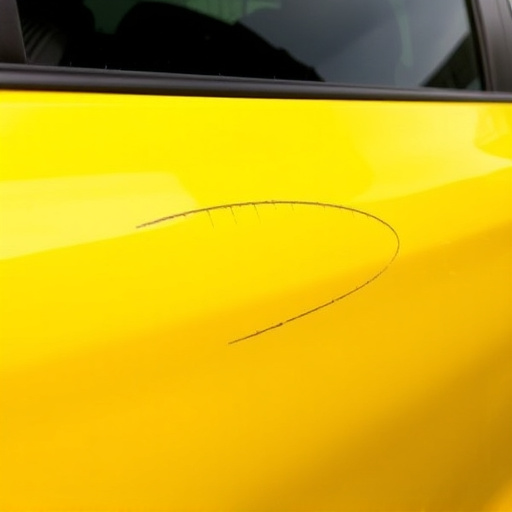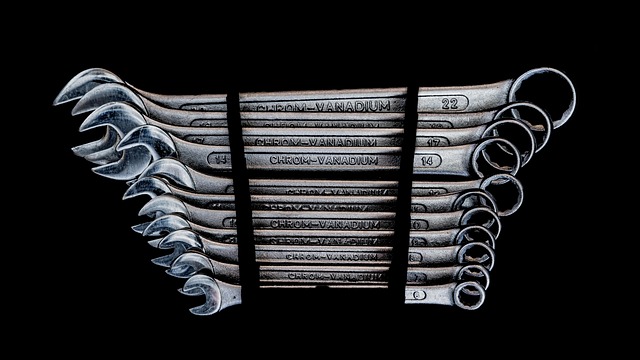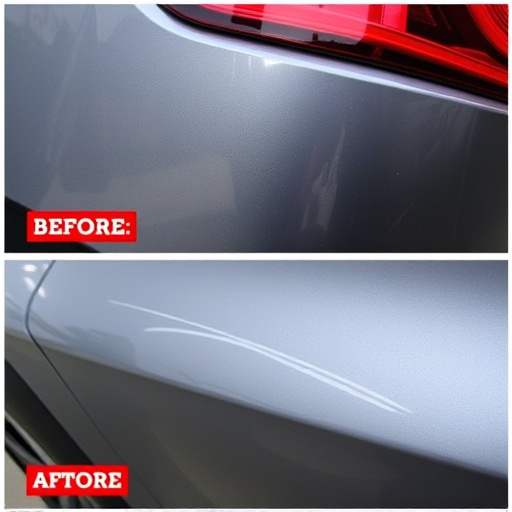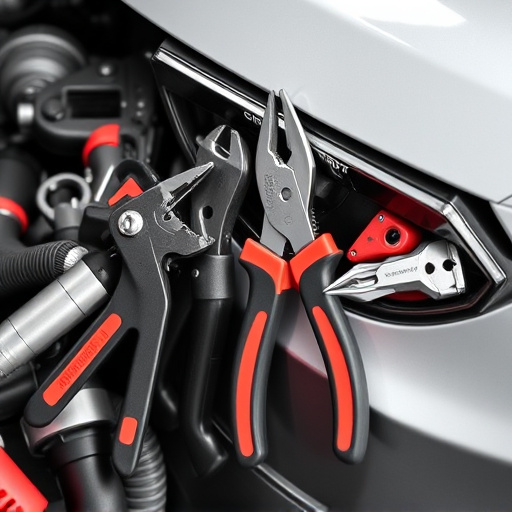After a car accident, load testing is crucial for validating the safety and performance of a Tesla home charger, ensuring seamless electric vehicle ownership. Following repairs by professional auto body shops, this process simulates everyday charging scenarios to uncover potential issues and meet Tesla's standards. It offers EV owners peace of mind, guaranteeing their vehicles are ready for emission-free driving. Proper handling of home charger repairs involves certified technicians who assess structural and electrical damage, provide expert advice, and offer additional services like tire care and dent removal.
After a car accident, restoring your Tesla’s home charging system is crucial for continued electric vehicle ownership. Understanding the importance of these systems and their unique vulnerabilities post-crash is the first step. This article delves into load testing as a vital process in assessing and repairing damaged Tesla home chargers. We explore why professional guidance is essential to ensure safe, effective restoration, providing peace of mind for Tesla owners navigating this critical maintenance scenario.
- Understanding Tesla Home Chargers and Their Importance After an Accident
- Load Testing: A Crucial Step in Assessing and Restoring Tesla Home Charging Systems
- Professional Guidance: Ensuring Safe and Effective Repair of Your Tesla Home Charger Following Damage
Understanding Tesla Home Chargers and Their Importance After an Accident
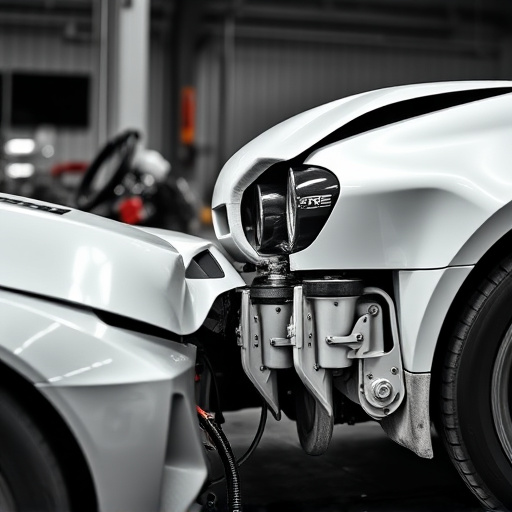
After an accident, one of the critical steps in vehicle restoration is understanding and addressing the needs of a Tesla home charger. These chargers are integral to electric vehicles (EVs), providing a convenient and efficient way to recharge at home, which can significantly impact daily commutes. In the context of an accident, proper charging infrastructure ensures that once repairs are made, such as expert vehicle paint repair or comprehensive auto collision center services, the EV is ready for the road again without range anxiety.
Tesla home chargers, designed for both convenience and safety, must be evaluated after an accident to ensure they function optimally. Professional load testing becomes essential to verify the charger’s integrity, particularly if the car body shop has performed extensive repairs or replaced parts. This process guarantees that the charger not only supplies power effectively but also adheres to Tesla’s high-safety standards, offering peace of mind to owners and ensuring their vehicles are ready for years of emission-free driving post-accident.
Load Testing: A Crucial Step in Assessing and Restoring Tesla Home Charging Systems
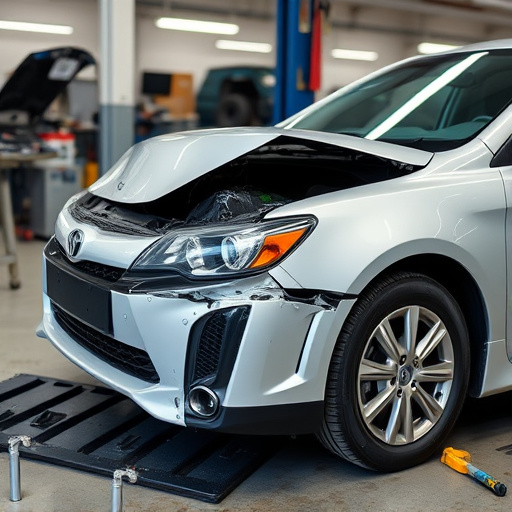
Load testing is an indispensable process when it comes to evaluating and restoring Tesla home charging systems post-accident. It involves subjecting the charger to simulated usage conditions to ensure its optimal performance and safety. This rigorous test mimics everyday charging scenarios, allowing experts to identify any potential issues or weaknesses in the system. By applying controlled stress, professionals can assess the charger’s ability to handle varying power demands and environmental factors, ensuring it meets Tesla’s stringent standards for reliable and secure operation.
This critical step is vital in the auto body restoration process, especially for electric vehicle owners. Accidental damage can compromise the charging system’s integrity, leading to subpar performance or even safety hazards. Load testing provides peace of mind by confirming that the charger is fully functional and capable of supporting the energy needs of the Tesla vehicle, just like a meticulously executed auto body repair and painting job restores the vehicle’s aesthetics and structural soundness.
Professional Guidance: Ensuring Safe and Effective Repair of Your Tesla Home Charger Following Damage
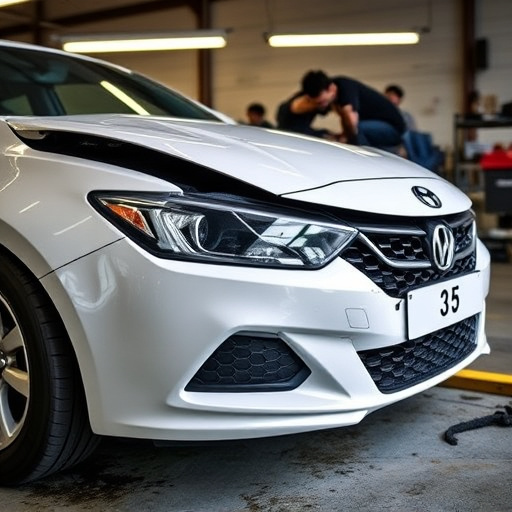
Following an accident, it’s crucial to seek professional guidance when repairing your Tesla home charger. Specialized repair centers have the expertise and tools required to ensure safe and effective restoration, addressing any structural damage or electrical issues that may have arisen. These experts can perform a thorough assessment, identifying components that need replacement due to collision-related stress.
Compared to attempting DIY repairs, enlisting the help of a certified technician offers several advantages. They can provide expert advice on whether it’s feasible to repair the charger or if a complete replacement is necessary. Moreover, professional services encompass additional benefits like tire services and dent removal, ensuring your vehicle is restored to its pre-accident condition while also taking care of any associated damage.
After an accident, ensuring your Tesla home charger is safely restored is paramount. Load testing serves as a critical step in evaluating its functionality, identifying potential issues, and facilitating expert repairs. By leveraging professional guidance, you can guarantee that your Tesla home charging system is securely and effectively fixed, addressing any concerns related to its performance post-accident.
